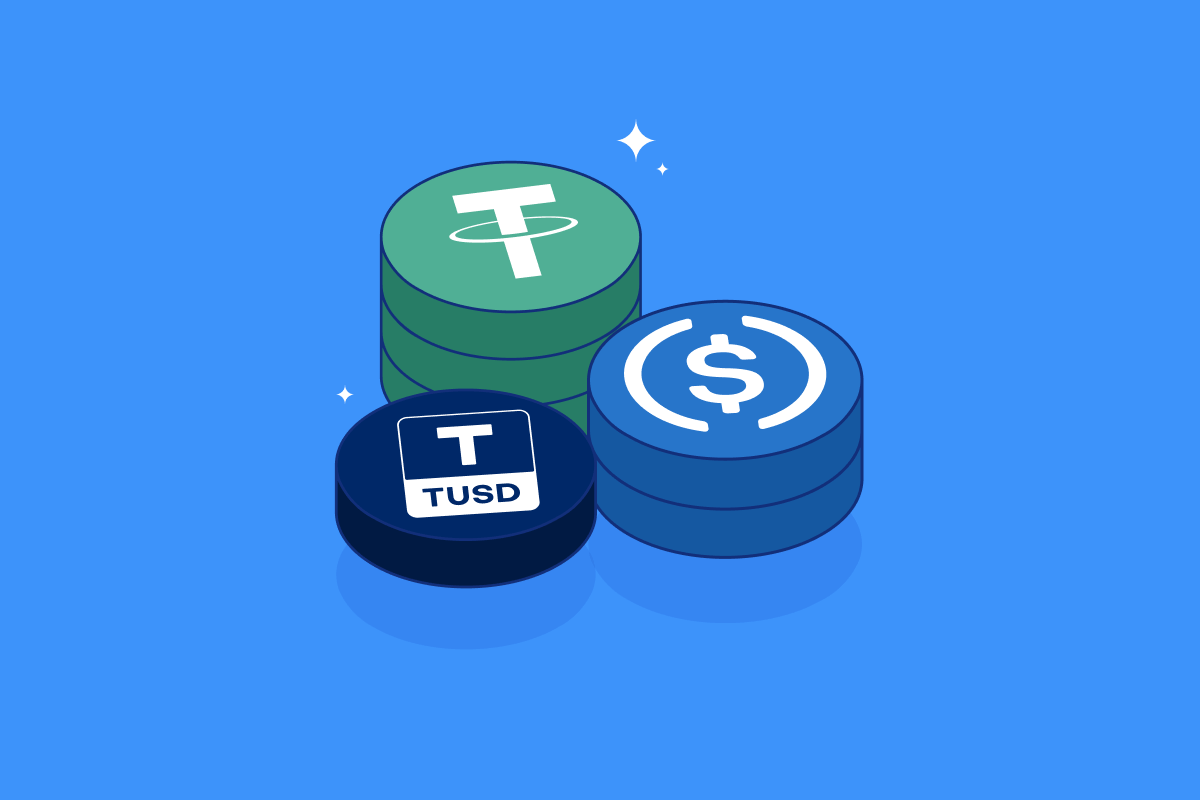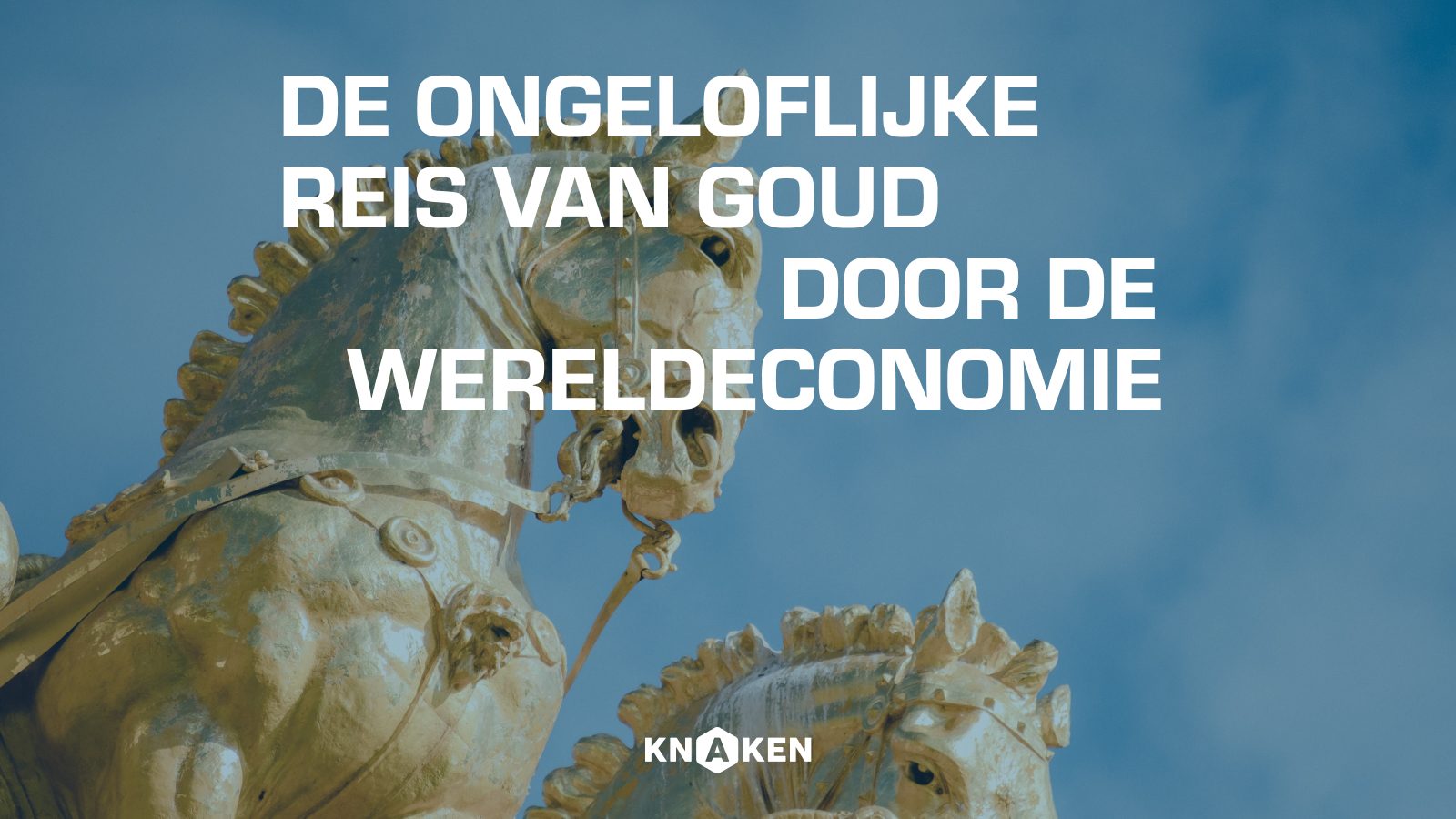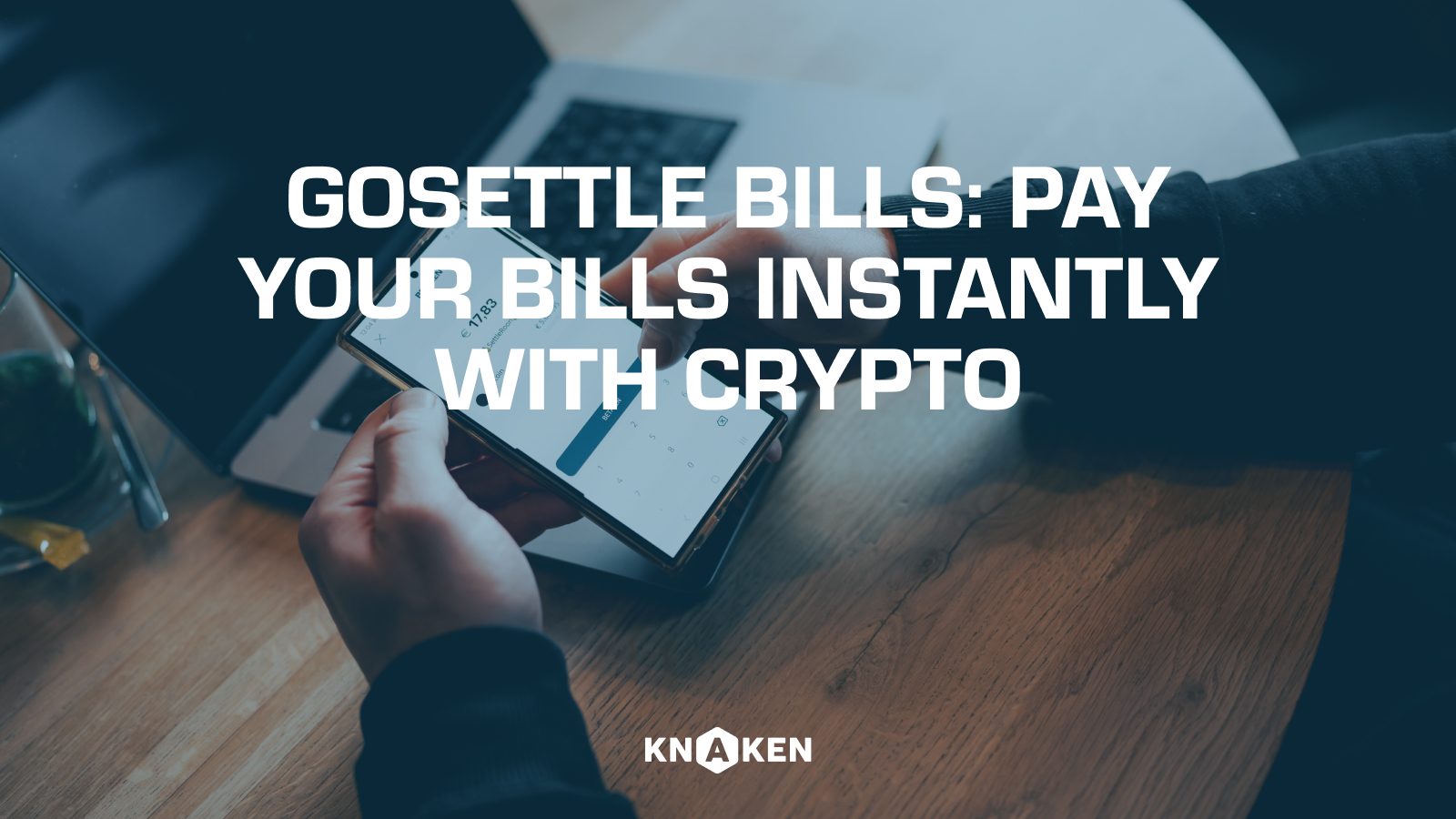

Introduction
Gold has always held a special status in human civilization. Long before paper money and digital transactions were introduced, gold was a symbol of wealth, power, and a crucial medium of exchange in economies around the world. Today, this precious metal remains an important instrument in the financial world due to its unique economic properties.
1. The History of Gold as an Investment
Since ancient Egypt, where gold was mined as early as 3,600 BC, this precious metal has fascinated humanity. However, the first recorded regular production began around 2,600 BC in the kingdom of Sudan. Only the elite could afford this precious metal, and its ownership symbolized power and status.
Gold played a crucial role in the emerging trade between civilizations. King Croesus of Lydia, located in what is now western Turkey, launched the first gold coins as currency in 564 BC, marking an important milestone in economic history. These coins were significant because they had standardized weight and purity, facilitating trade between regions.
Fast forward to the modern era, the gold standard was instituted in 1819 in the United Kingdom by Sir Isaac Newton, then Master of the Royal Mint. The system was formally adopted by the United States in 1900 with the Gold Standard Act.
During the Great Depression in the 1930s, countries began to abandon the gold standard, but the importance of gold as an investment instrument did not diminish. In fact, it increased as a ‘safe haven’ during financial turbulence. An interesting historical fact is that it was during this period that Fort Knox was built in the US to house the country’s gold reserves, a sign of the enduring significance of gold in the world of finance and politics.
2. What Makes Gold Valuable?
One of the fundamental reasons for the value of gold is its rarity. The amount of gold mined worldwide – approximately 171,300 tons as estimated by the International Atomic Agency – would theoretically fit into a cube with sides of about 21 meters!
Additionally, gold is chemically very stable. This means that it does not react with air or water and therefore does not rust or corrode, ensuring incredible durability. This fact leads to a fascinating discovery – almost all the gold ever mined remains intact today.
Gold is also highly malleable and ductile. One gram of gold can be hammered into a sheet covering a square meter. Moreover, a single ounce of gold can be stretched into a wire over 50 kilometers long! These properties make gold exceptionally suited for finely crafted craftsmanship, such as in the jewelry industry.
Finally, gold retains its value despite divisibility. This means that you can split a piece of gold and each piece maintains its proportional value – a crucial characteristic for any form of money. These features, combined with the low volatility of gold prices and its universal acceptance, make gold a reliable store of wealth, which in turn contributes to its perceived value.
3. Uses of Gold
Gold has a multitude of applications beyond the beautiful jewelry and ornaments we often see. An interesting fact is that nearly half of the gold mined globally is consumed by the jewelry industry. India is particularly relevant in this context, as the country alone accounts for about 25% of total gold consumption annually!
Moreover, gold is widely used in electronics due to its excellent conductivity and resistance to corrosion. Gold is used, for example, in the manufacturing of mobile phones, computers, and other electronic devices. Every year, it is estimated that more than 10% of mined gold is used in industrial applications.
In dentistry, gold is prized for its biocompatibility and is often used in bridges, crowns, and fillings. Despite the relatively high costs, the use of gold in dentistry remains a popular choice due to the durability and aesthetics of the metal.
However, it is important to note that a substantial portion of mined gold – about a third according to some estimates – is held as an investment. It is stored in vaults, held in the reserves of central banks, or traded on various commodity markets worldwide.
4. Protection Against Government Policy
During periods of economic uncertainty, such as in cases of rising inflation or unstable government policy, investors tend to convert part of their wealth into gold. This is a well-known strategy, as gold possesses intrinsic value independently of government or financial institution policies.
A historical example of this is the hyperinflation in Zimbabwe in the late 2000s when inflation increased so rapidly that the value of the local currency, the Zimbabwean dollar, became almost worthless. During that period, investors who protected their wealth by investing in gold experienced much less severe impacts on their purchasing power.
Gold also tends to show an inverse correlation with stock markets, meaning that when the stock market declines, the price of gold typically rises. This reinforces gold’s position as a valuable diversification tool in any investment portfolio.
Additionally, gold is also sought after by governments as a reserve currency. The United States, Germany, Italy, and France still list gold among the top three of their foreign reserve assets, demonstrating that this precious metal continues to play an important role in the world of macroeconomic stability.
5. Digital Gold: Stablecoins
The digital age has introduced a new way to invest in gold – through stablecoins. Stablecoins such as Pax Gold (PAXG) and Tether Gold (AUXT) are backed by physical gold and are also referred to as ‘digital gold coins.’
What is interesting about these stablecoins is that each token corresponds directly to a certain amount of gold held in secure storage. For example, 1 PAXG token is equivalent to 1 standard ounce (about 28.35 grams) of London Good Delivery gold.
These instruments provide investors not only with the assurance and stability of gold but also introduce the convenience and efficiency of digital instruments. With stablecoins, investors can execute transactions without worrying about the logistics and costs of transporting and storing physical gold.
An intriguing fact to mention is that Paxos, the issuer of PAXG, claims to have created the first gold-backed token that can be bought and sold directly on the Ethereum blockchain. This point illustrates how technology and finance come together to create new and exciting investment opportunities.
Conclusion
Gold has long played a leading role in economies worldwide. Its journey, from the kingdom of Sudan in 2,600 BC to its prominent place in today’s digital economy, is a testament to its unique qualities and value. Despite the turbulence of financial markets and the rise of new investment instruments, such as cryptocurrencies, gold has managed to maintain its status as a ‘safe haven’ asset.
The fascinating fact is that even though we now live in a predominantly digital age, gold still offers a solid and tangible reliability that is hard to match with digital alternatives. Investors worldwide continue to see gold as a reliable store of value and an effective hedge instrument.
Stablecoins such as Pax Gold and Tether Gold represent the new bridge between traditional gold investments and the digital financial world. They offer a unique opportunity to reap the benefits of both traditional and digital gold ownership.



Knaken Cryptohandel B.V. has applied for a MiCA license from the Netherlands Authority for the Financial Markets (AFM). This application is currently being assessed by the AFM.
Investing in crypto-related products involves significant risks.















